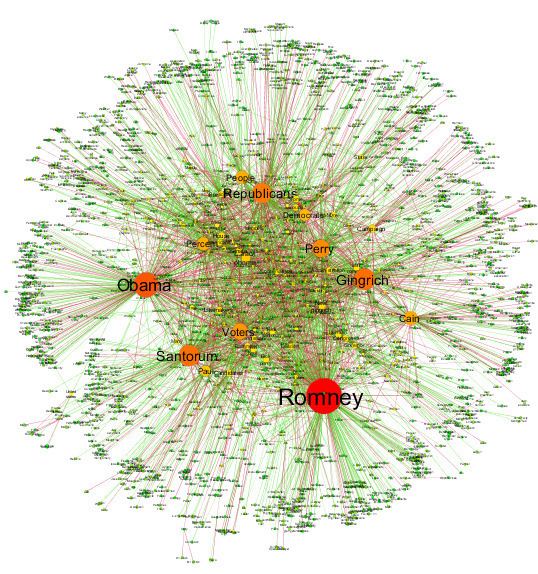 | ||
Culturomics is a form of computational lexicology that studies human behavior and cultural trends through the quantitative analysis of digitized texts. Researchers data mine large digital archives to investigate cultural phenomena reflected in language and word usage. The term is an American neologism first described in a 2010 Science article called Quantitative Analysis of Culture Using Millions of Digitized Books, co-authored by Harvard researchers Jean-Baptiste Michel and Erez Lieberman Aiden.
Contents
Michel and Aiden helped create the Google Labs project Google Ngram Viewer which uses n-grams to analyze the Google Books digital library for cultural patterns in language use over time.
Studies
In a study called Culturomics 2.0, Kalev H. Leetaru examined news archives including print and broadcast media (television and radio transcripts) for words that imparted tone or "mood" as well as geographic data. The research was able to retroactively predict the 2011 Arab Spring and successfully estimate the final location of Osama Bin Laden to within 124 miles (200 km).
In a 2012 paper by Alexander M. Petersen and co-authors, they found a "dramatic shift in the birth rate and death rates of words": Deaths have increased and births have slowed. The authors also identified a universal "tipping point" in the life cycle of new words at about 30 to 50 years after their origin, they either enter the long-term lexicon or fall into disuse.
In a 2014 paper by S. Roth, culturomic analyses is used to trace the decline of religion, the rise of politics, and the relevance of the economy to modern societies, with one of the major results being that modern societies do not appear to be capitalist or economized. This paper is likely to be the first application of culturomics in sociology.
Culturomic approaches have been taken in the analysis of newspaper content in a number of studies by I. Flaounas and co-authors. These studies showed macroscopic trends across different news outlets and countries. In 2012, a study of 2.5 million articles suggested that gender bias in news coverage depends on topic and how the readability of newspaper articles is related to topic. A separate study by the same researchers, covering 1.3 million articles from 27 countries, showed macroscopic patterns in the choice of stories to cover. In particular, countries made similar choices when they were related by economic, geographical and cultural links. The cultural links were revealed by the similarity in voting for the Eurovision song contest. This study was performed on a vast scale, by using statistical machine translation, text categorisation and information extraction techniques.
The possibility to detect mood shifts in a vast population by analysing Twitter content was demonstrated in a study by T. Lansdall-Welfare and co-authors. The study considered 84 million tweets generated by more than 9.8 million users from the United Kingdom over a period of 31 months, showing how public sentiment in the UK has changed with the announcement of spending cuts.
In a 2013 study by S Sudhahar and co-authors, the automatic parsing of textual corpora has enabled the extraction of actors and their relational networks on a vast scale, turning textual data into network data. The resulting networks, which can contain thousands of nodes, are then analysed by using tools from Network theory to identify the key actors, the key communities or parties, and general properties such as robustness or structural stability of the overall network, or centrality of certain nodes.
In a 2014 study by T Lansdall-Welfare and co-authors, 5 million news articles were collected over 5 years and then analyzed to suggest a significant shift in sentiment relative to coverage of nuclear power, corresponding with the disaster of Fukushima. The study also extracted concepts that were associated with nuclear power before and after the disaster, explaining the change in sentiment with a change in narrative framing.
A 2017 study published in the Proceedings of the National Academy of Sciences of the United States of America compared the trajectory of n-grams over time in both digitised books from the 2010 Science article with those found in a large corpus of regional newspapers from the United Kingdom over the course of 150 years. The study further went on to use more advanced Natural language processing techniques to discover macroscopic trends in history and culture, including gender bias, geographical focus, technology, and politics, along with accurate dates for specific events.
Criticism
Linguists and lexicographers have expressed skepticism regarding the methods and results of some of these studies, including one by Petersen et al.
